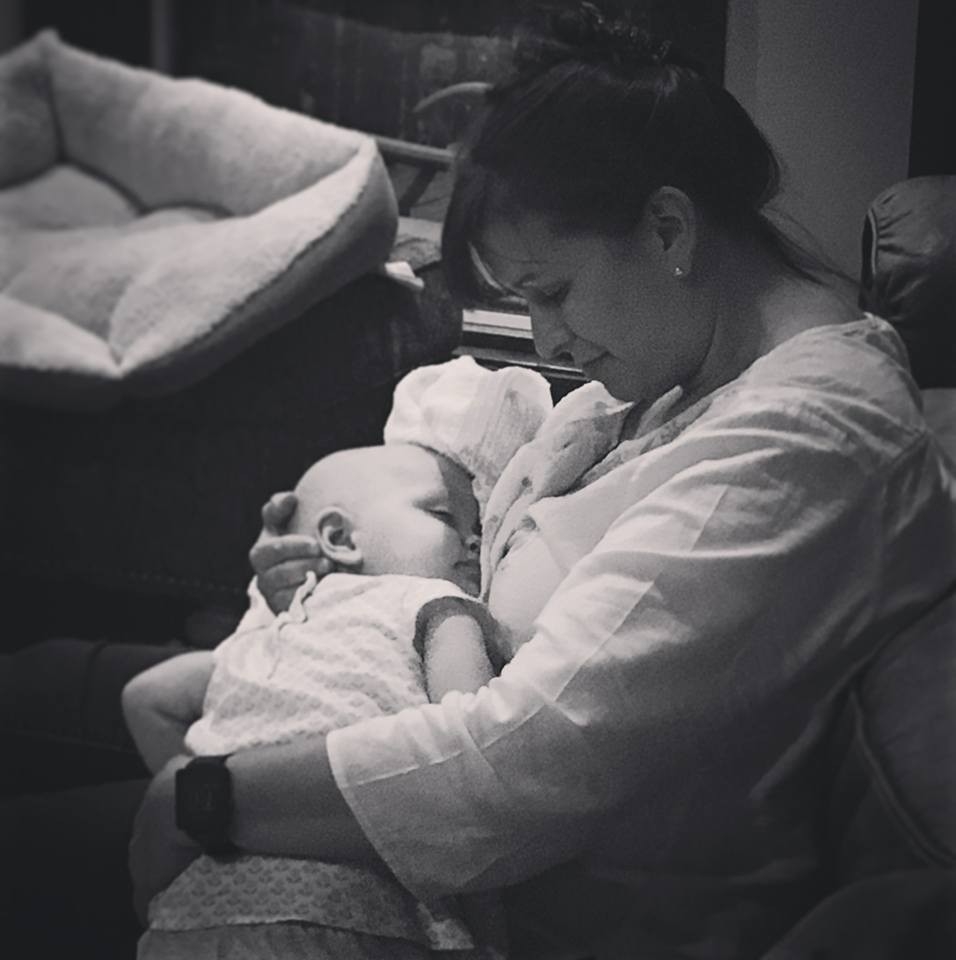Prior to Claire's health issues, I really didn't understand just how beneficial blood donations are. I mostly thought of blood transfusions as part of surgery or traumatic injury. I never thought of patients who are on chemotherapy as being big user of blood. One of the easy things someone can do to help a chemo patient out, is to donate blood.”dad Jeff Byars
CULLMAN – On the heels of the recent city versus county blood donation event, a thorough look at the process and need for blood donation was needed. Addressing the who, what, where, when and how is the goal although the questions may not be answered in that order.
What are the kinds of blood donation and how does the process work?
There are two kinds of blood donations accepted locally – whole blood and platelet donations. Both types are preceded by a brief, confidential medical history and taking of the donor’s vital signs. Afterward, the donor heads to the donor chair where the needle stick occurs.
For a whole blood donation, the average time is 4-8 minutes for a pint of blood. Afterward, you must wait eight weeks to donate again. Your blood will be separated into red cells, platelets and plasma so that it is more viable to more people.
One out of every seven people who checks into the hospital will need a blood transfusion during their stay.
Platelet donations take longer, yet can be done every two weeks as the whole blood is drawn out then separated while the donor is still in the donor chair. At the end of the process, the donor’s red cells and plasma are returned to them, which allows for more frequent donations. Platelets are vital to the body’s ability to perform blood clotting and those donations are most frequently received by children and adults battling leukemia or other types of cancer while undergoing chemotherapy. Platelet donation typically lasts between 1-2 hours.
In the United States, less than 5 percent of people who are eligible to donate actually do so.
Who can donate and who receives the donation?
A blood donor must be 17 years or older, in good health, weigh at least 110 pounds and have a valid photo identification. Also, 16-year-old donors are accepted with their parents’ permission.
Claire Byars
Claire Byars is a toddler in Cullman who has fought harder than most people are asked to do in their entire lifetime. She has spent half of her short life in and out of hospitals and is now in chemotherapy. Her dad, Jeff Byars, explains how important blood donations have been for Claire’s health.
“I have been amazed at just how quick a transfusion will turn Claire around. It is like flipping a switch most of the time when she receives a transfusion. She has now had so many transfusions that I have lost count. Our family is very thankful for the donors who make it possible for her to survive the treatment she receives.”
When and where can I donate in Cullman?
LifeSouth Community Blood Center has a local donation center located in the warehouse district at 112 Clark St. NE in Cullman. Their hours are Monday – Friday from 9 a.m.-5 p.m. They can be reached at 256-736-1594.
Byars encourages people to donate. “Prior to Claire's health issues, I really didn't understand just how beneficial blood donations are. I mostly thought of blood transfusions as part of surgery or traumatic injury. I never thought of patients who are on chemotherapy as being big user of blood. One of the easy things someone can do to help a chemo patient out, is to donate blood.”
To help support the Byars family, please consider attending a benefit yoga class to be held on the Rumors Deli patio on June 20 at 6 p.m. The class will be led by Santosha Yoga’s Debbie Leopard, and all of the donations received from the class will go directly to the Byars family. A donation of $10 is greatly appreciated for those attending the class, and if you are unable to attend the class, donations are currently being accepted at Rumors Deli and Santosha Yoga. Rumors Deli is located at 105 First Ave. NE, Suite 100.



























